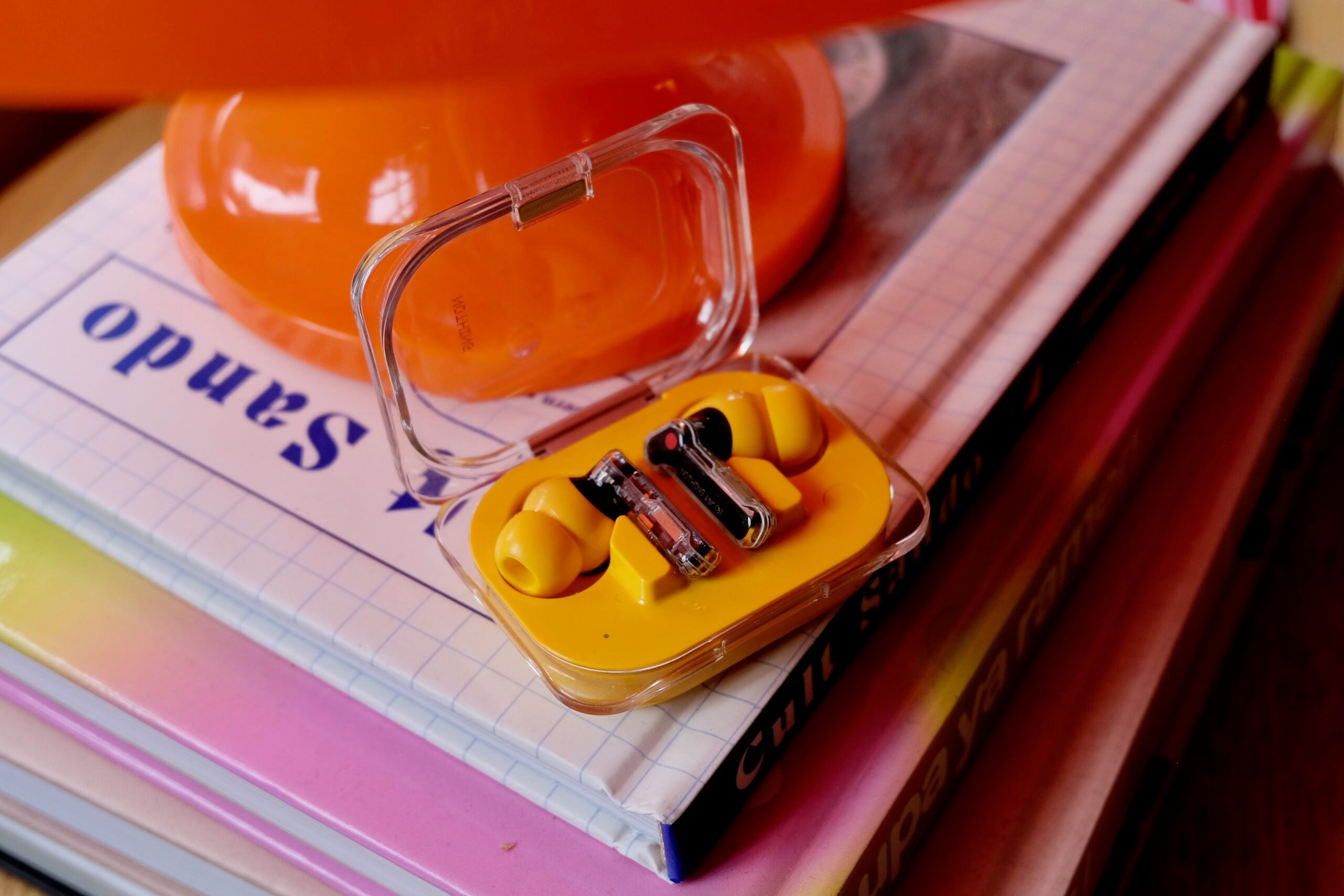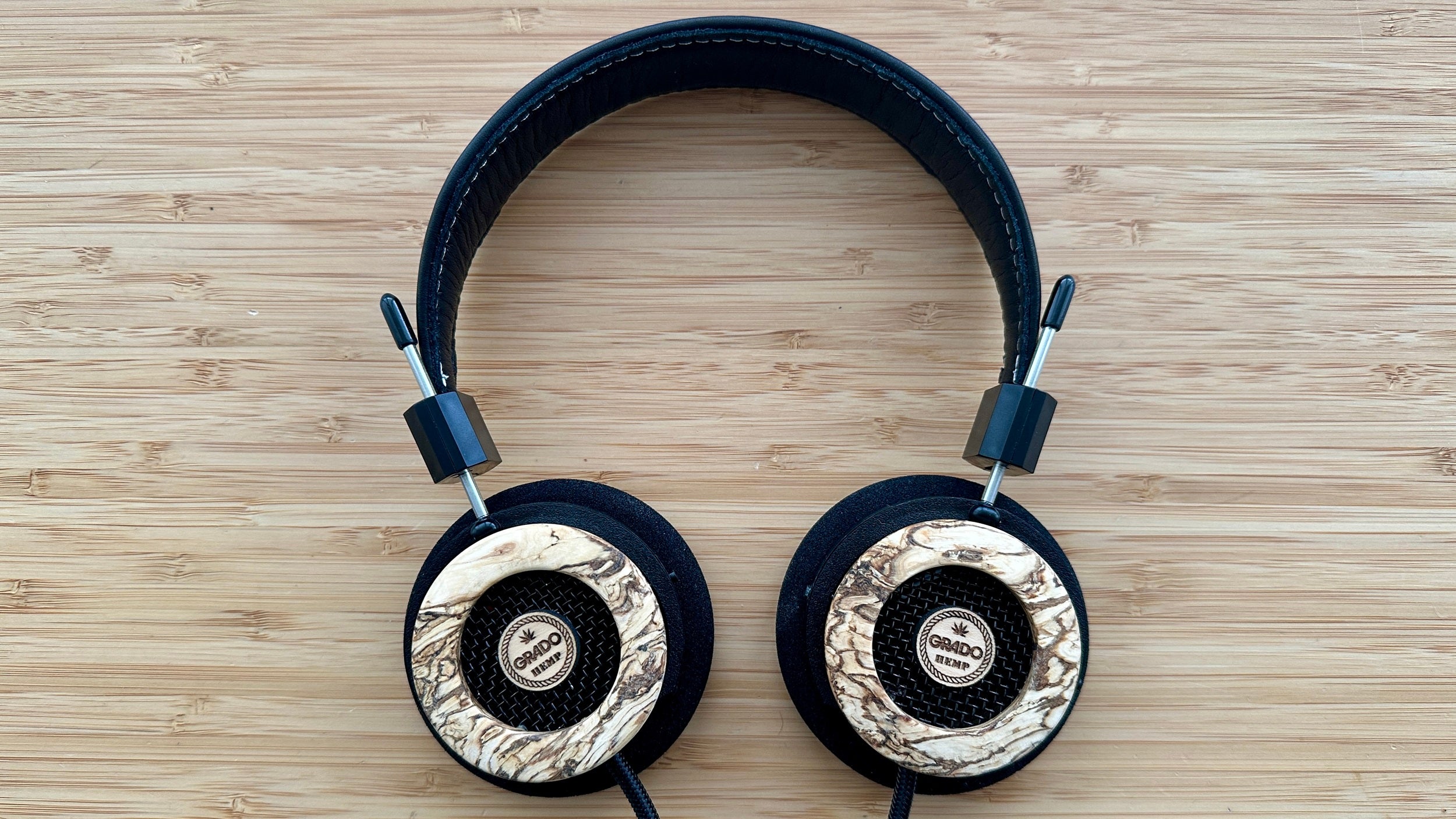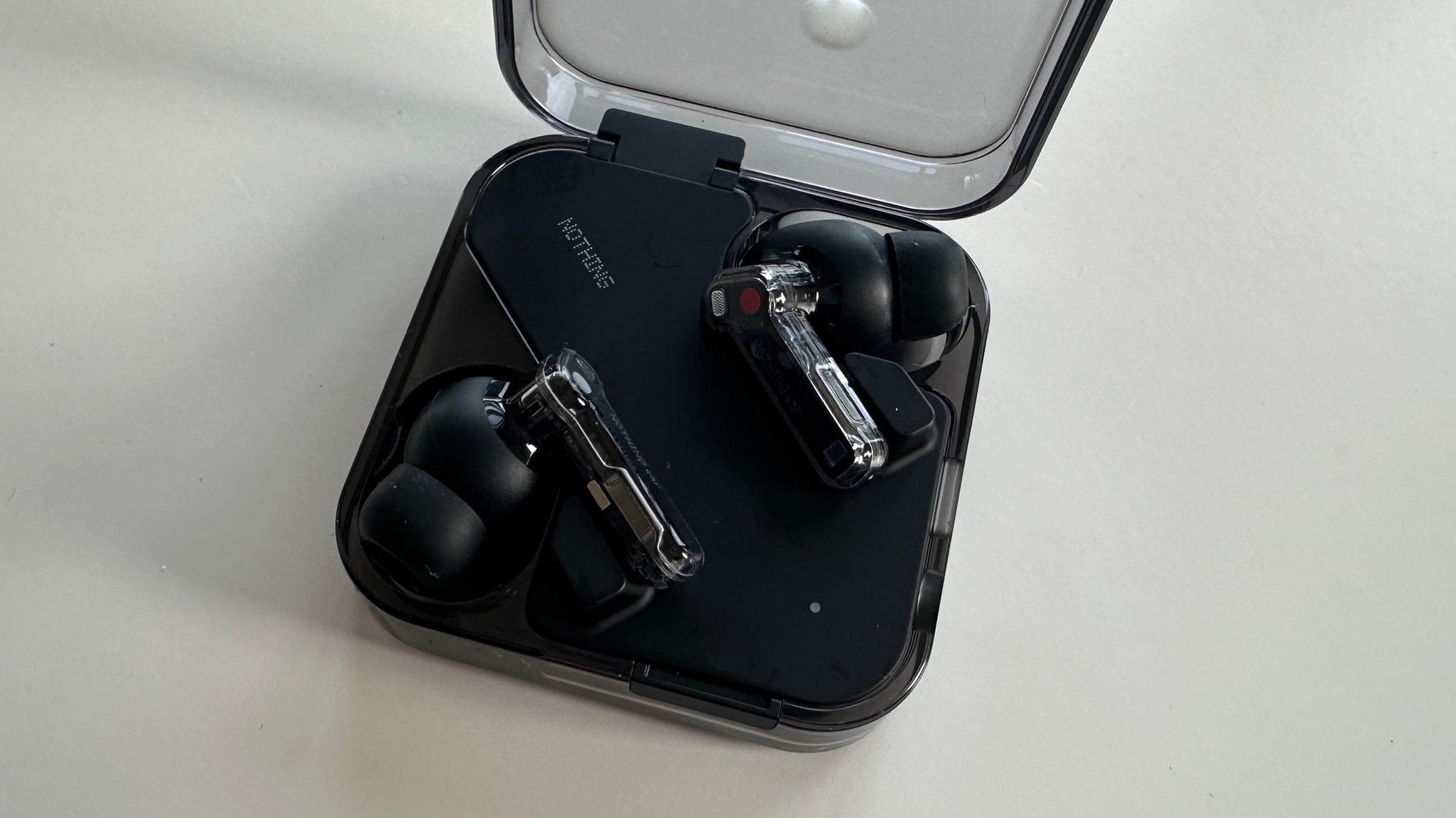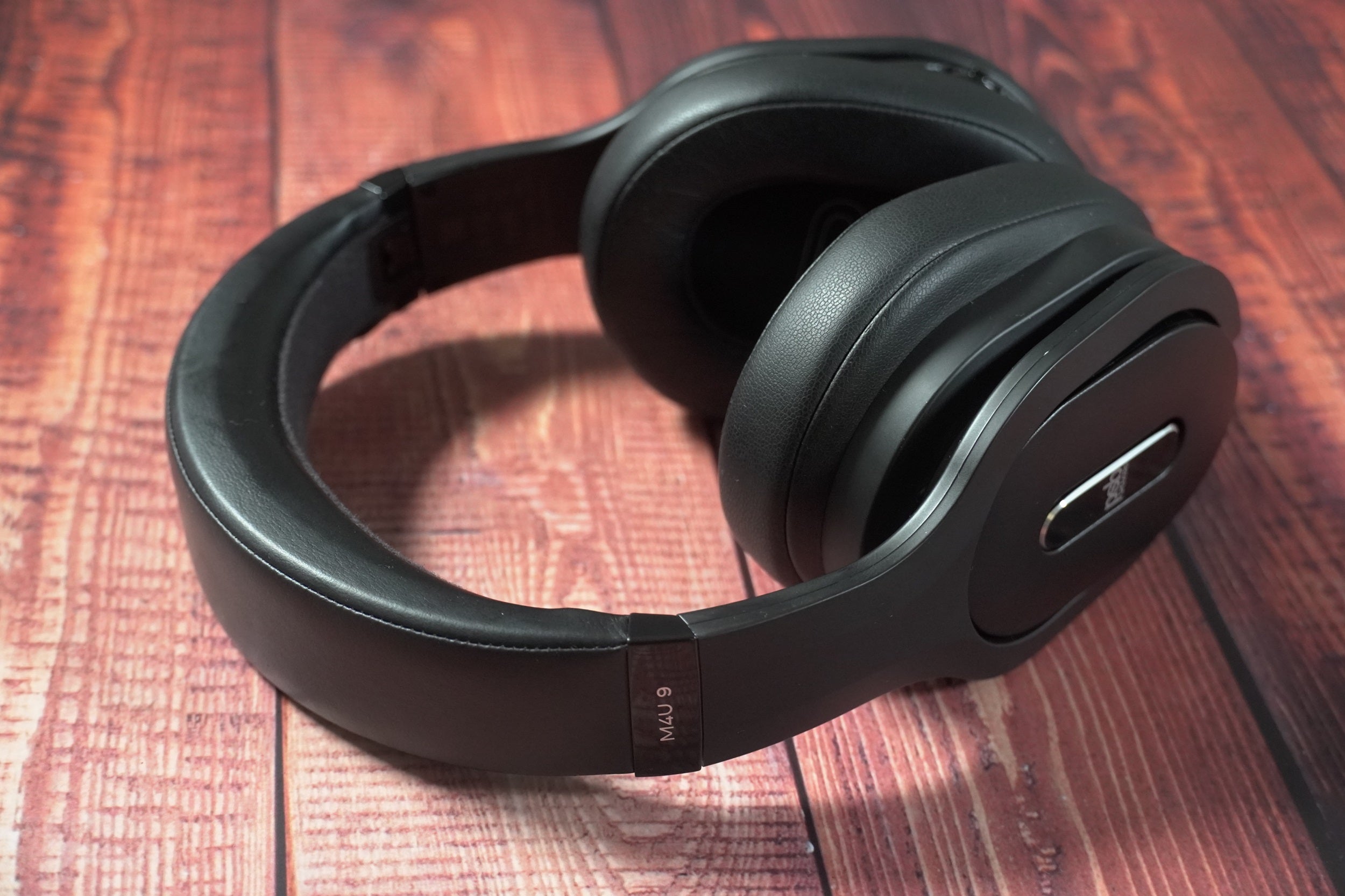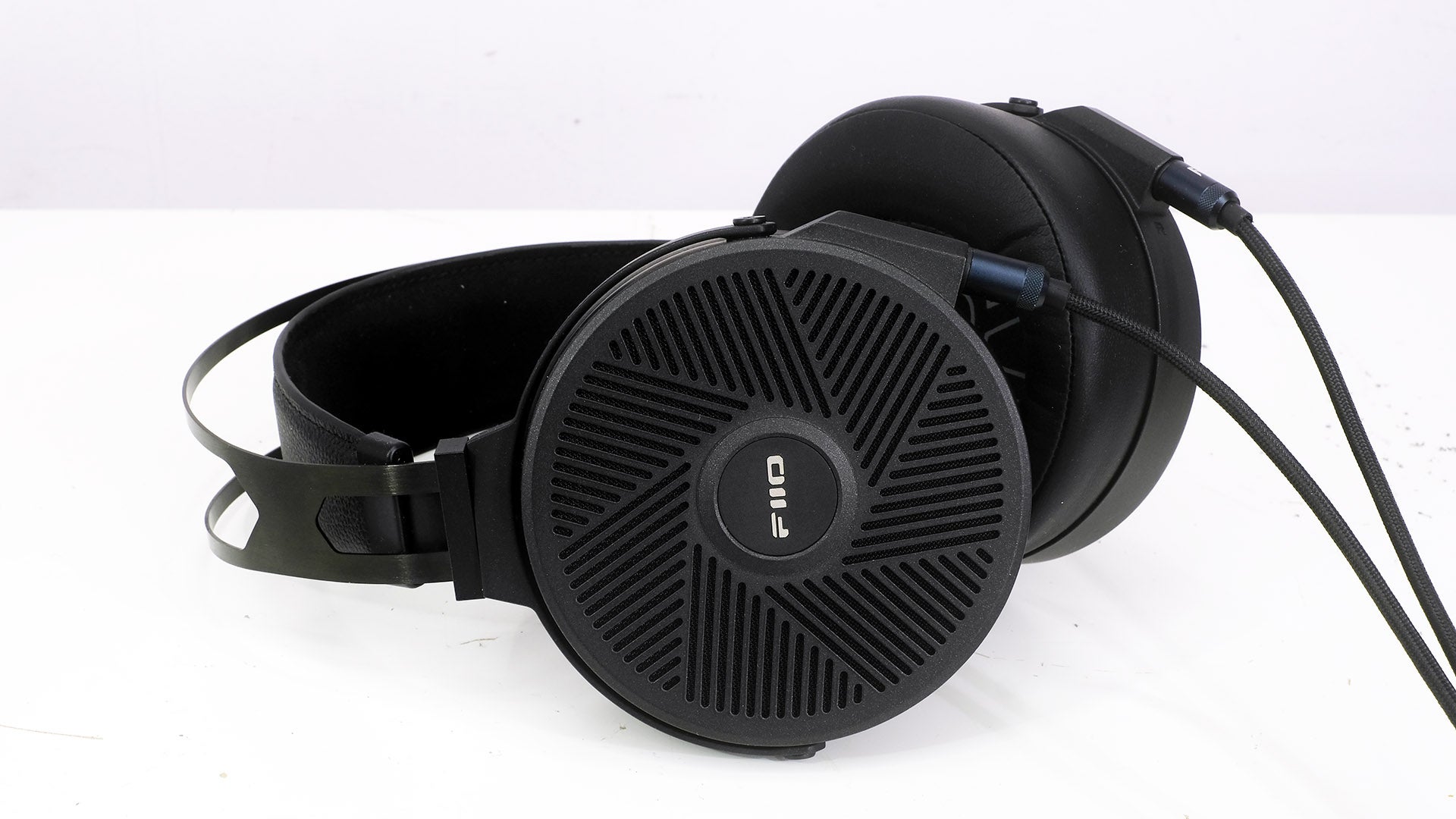Shure SRH840A Review
A minor but significant upgrade to a home studio staple
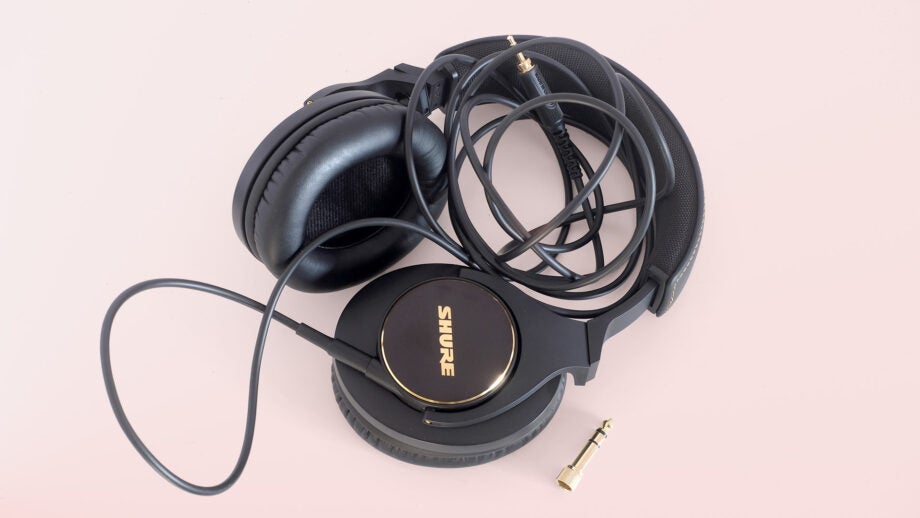

Verdict
A minor but significant upgrade to a home studio staple, the Shure SRH840A are some of the better-looking affordable reference headphones around. They’re tonally flat enough for monitoring and enjoyable enough for casual or critical music listening – but the 3m cable means they’re not ideal for portable use.
Pros
- Flat enough for mastering use
- A better-looking, more practical design than the previous version
- Enjoyable enough to use as all-round home headphones
Cons
- Low-mid bump affects separation and dimensionality
- Single semi-proprietary 3m cable limits their versatility
Availability
- UKRRP: £135
- USARRP: $149
- EuropeRRP: €149
Key Features
- Closed-back designThese headphones have solid cup caps, like a standard pair of headphones, increasing isolation and reducing sound leakage
- Straight locking cableThe included 3m cable is straight, not curly like the original set, and a locking mechanism stops snags pulling it out
- Matched driversShure desribes the 40mm drivers as “matched”, suggesting they may have greater left/right consistency than consumer headphones
Introduction
The Shure SRH840A are home studio-grade “professional” monitoring headphones. They’re the follow-up to the minor classic SRH840, which I reviewed a decade ago.
These headphones are a great option if you value sound quality above all else, and don’t plan to use them outdoors. They’re sleeker and slicker than the previous version, too; but you only get a 3m cable in the box. Wear them to the local supermarket and you’ll have to deal with a pocketful of spooled cable.
For home or studio use, there are plenty of alternatives at this price. If an open-back pair will work, you might want to consider the more airy-sounding, slightly leaner AKG K701. Plus, the Beyerdynamic DT 770 Pro’s velour pads have a softer, plusher feel.
However, a comparison with the Audio-Technica ATH-M50X shows the Shure SRH840A’s worth. They have a more neutral tone, and less sound colouration; they’re a good option for those looking for closed-back headphones, who like the sound of the finer points of the audio composition I’ll cover in the Sound Quality section of this review.
Design
- Redesigned headband
- Sturdy build quality
A quick look at Trusted Reviews’ review of the Shure SRH840 will make apparent some of the big changes in design that the SRH840A present. The strange exposed wires, begging to be snagged and snapped, are gone.
The slightly goofy “left” and “right” markers on the cups have been removed, too. They’re not really necessary in single-cable headphones with slightly angled cups. Shure has changed the shape of the headband. too, so the upper part tracks closer to the shape of your head.
Shure has clearly taken design inspiration from its own consumer-grade Aonic headphones for the pro-grade SRH840A – and they’re better-looking than the previous model as as a result. For example, there’s no real need for the gold coloured stitching in the padding of the headband, but it makes these cans look more like something you’d pick up at an electronics retailer than a music equipment shop.
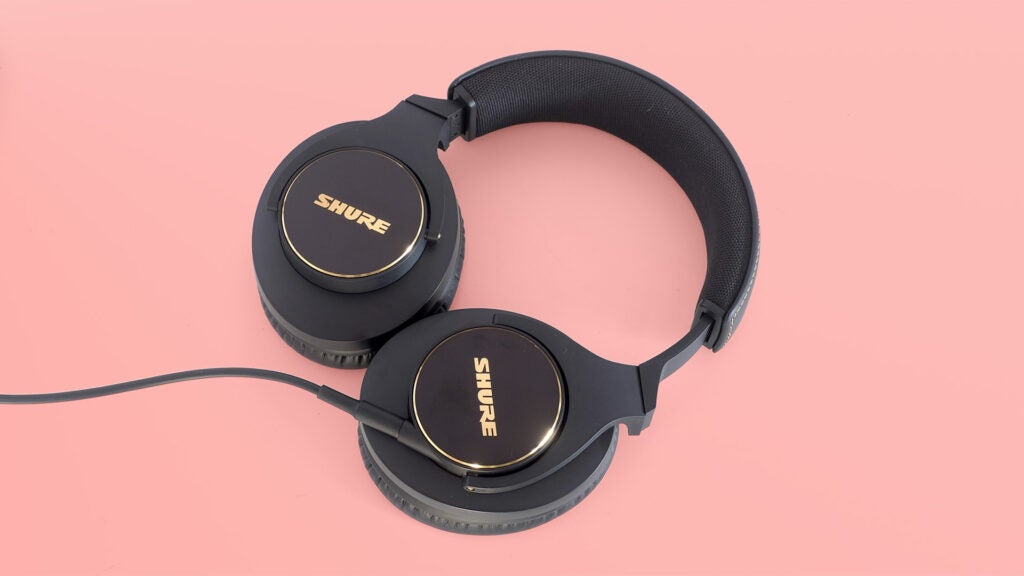
So, what are the Shure SRH840A made from? The disc on the back of each cup is aluminium, and the frame plastic. The outer part of the headband is synthetic leather, while the inner section is a fabric weave. This is similar to the older model, which had a hidden strip of headband fabric that sat on your head.
While I had no durability complaints about the SRH840 back in the day, there had been some complaints about the plastic terminal where the cups and headband meet failing. To me, the Shure SRH840A feel sturdy, with no suspect wobbling or creakiness, and the simple construction should make replacing the headband easy enough – not that you can buy a replacement at present.
My only real design/hardware complaint is that they come with only one long 3m cable. I’d happily use the Shure SRH840A as general-use headphones, but they’re not made for that job.
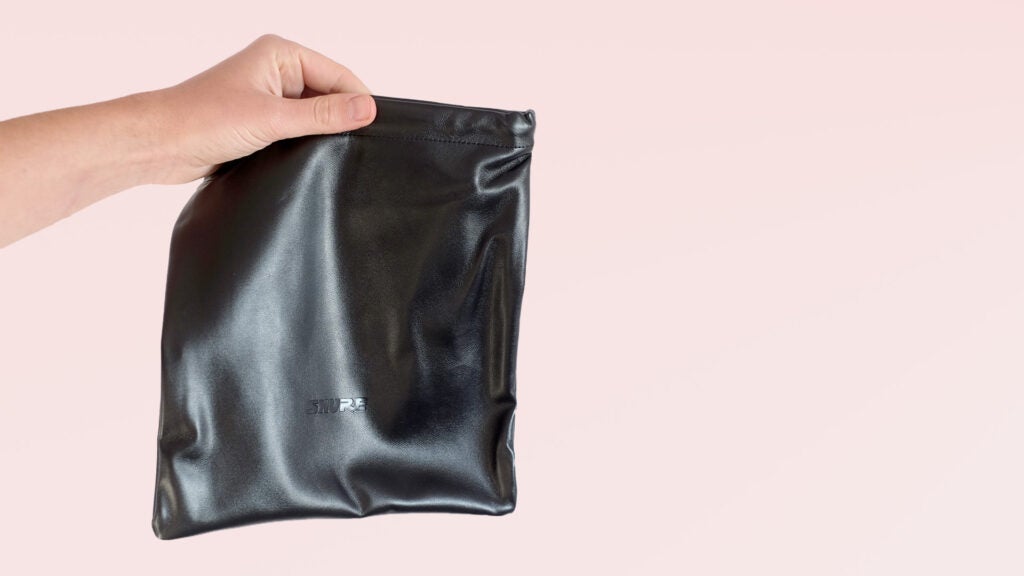
Alongside the cable, you get a 6.3mm adapter and a no-frills shiny synthetic leather carry case in the box. The old SRH840 even included a spare set of pads, but you don’t get those this time.
The Shure SRH840A cable is a standard two-pole 2.5mm jack, so if you want to use these headphones with a phone or audio player, this is possible. However, you won’t get the twist-to-lock security of the bundled cable. And it had better have a small sheath, to make sure it fits.
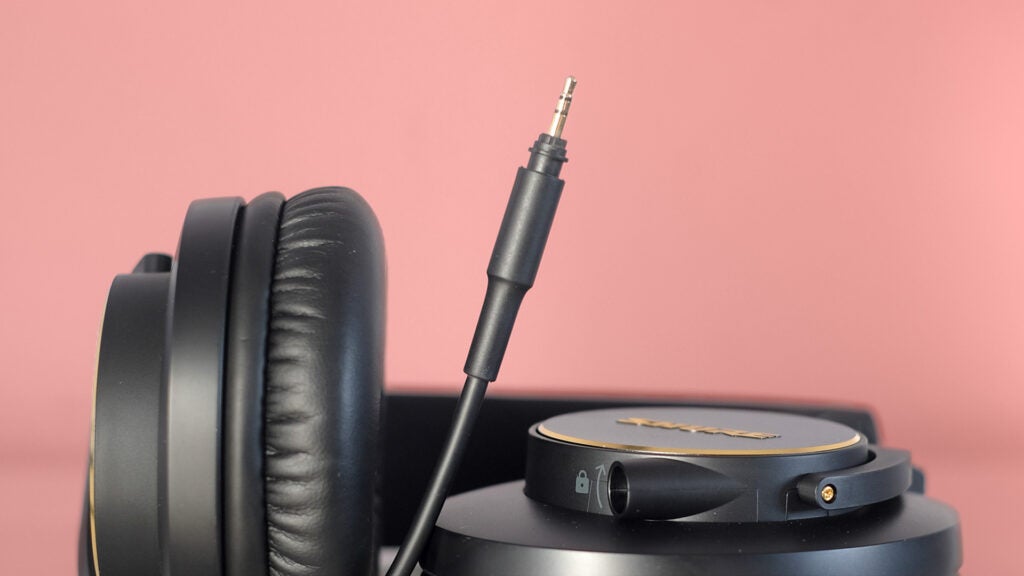
Shure has made a focused pair of headphones here. There’s nothing wrong with that, and this narrowness is only a negative because the Shure SRH840A look about as good as plenty of ~£250 wireless street headphones.
But are they as comfortable? The Shure SRH840A have large oval-shaped pads that offer enough room to fit my moderately sized ears without any pinching. I’ve worn these headphones for up to six hours at a time without any obvious fatigue.
The headband is breathable, the clamping force moderate – and while the cup pads are quite firm, they’re comfy enough. I wouldn’t call the fit luxurious, but it’s comparable with other studio-style headphones I’ve used. Note that the cups swivel by 90 degrees, too.
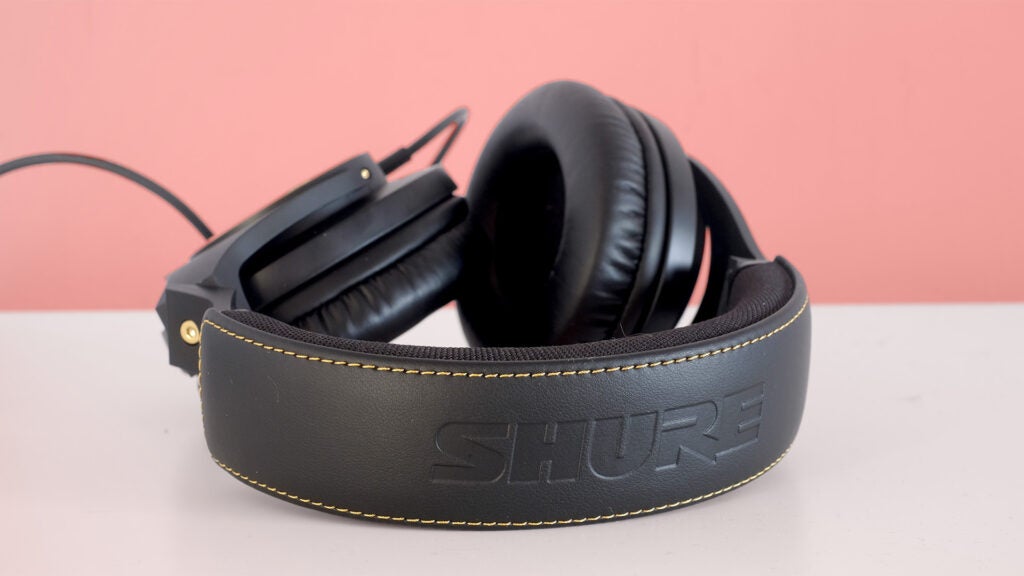
Sound Quality
- Familiar sound to previous model
- Lack of colouration to vocals and mids
- Measured and punchy bass
Shure has made significant changes to the SRH840 series’s design, but the sound is largely familiar. The old and new headphones share the same claimed 5-25000Hz frequency response and have similarly low impedance for use with non-specialist hardware. While some other specs, such as sensitivity, are a little different, you wouldn’t expect a new pair of headphones to have internal hardware identical to that of a pair more than a decade old.
The Shure SRH840A have the neutrality required of a pair of monitor headphones, with just a little thickness in the upper bass or low mids to avoid sounding sterile. A lack of colouration in the mids, and vocals in particular, is perhaps the key strength here. This is only possible when each sub-frequency band of the meat of the mid-range gets consistent attention, rather than letting – for example – the upper mids do much of the legwork in representing detail in vocal lines.
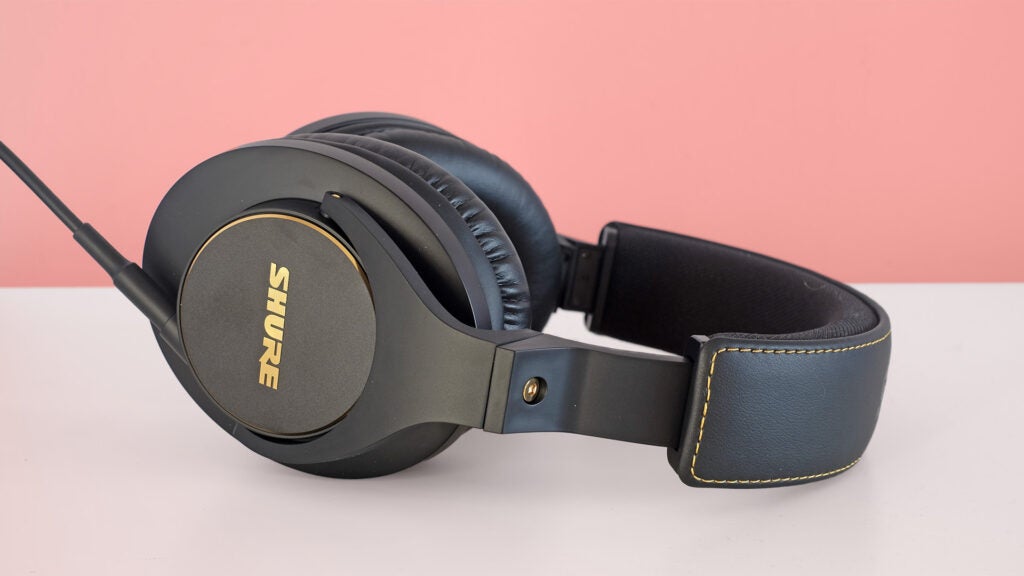
I’ve seen the original SRH840 described as lacking a little in treble presence, but I don’t hear that here at all. Nor did I hear it in the old pair, according to my original review. There’s a decent high-frequency spark here that doesn’t veer into harshness of sibilance, displaying a little more bite than even the AKG Q701 I used as a reference pair – they’re very similar to the popular AKG K701.
Bass is measured and punchy. It’s far more reserved than the consumer standard, which may take a while to bed into if you’re accustomed to the mainstream tuning of, say, a Sony or Bose pair. However, depth is solid. Sub-bass isn’t particularly strong, with the real action starting around 55Hz. Shure’s ultra-wide 5-25000Hz frequency coverage claim was always going to turn out optimistic, given it goes well beyond the upper and lower bounds of human hearing.

The Shure SRH840A’s sound width is good for a closed-back pair of headphones, useful when you’re trying to get a satisfying stereo experience when you mix down tracks. However, I’m a little less impressed by their sense of depth of the soundstage, which is what helps give headphones that sense of three-dimensional imaging.
It’s okay; it just isn’t at the same level as the AKG Q701, or a pair of higher-end headphones. However, this is mostly just an argument for why you may want to spend a little more – the shortfall here is only obvious in direct comparison with more expensive sets.
Latest deals
Should you buy it?
These Shure SRH840A make good home studio headphones, particularly if you don’t want a pair that largely ignores the enjoyment of the actual experience, such as the Beyerdynamic DT100.
With no wireless support and a single 3M cable, the Shure SRH840A aren’t great all-purpose headphones. They’re made for home/studio use only, although this can be solved with an aftermarket cable.
Final Thoughts
The Shure SRH840A offer a subtle upgrade on a very long-standing pair of home studio headphones. Their tone hasn’t changed dramatically, providing a great balance of accuracy and enjoyment by not employing too clinical a tone.
It’s the changes to the design that are most notable in this new “A” model. The Shure SRH840A are a lot better-looking than the originals, and borrow the headband shape of the Aonic series.
They look sharp enough to be mainstream headphones – but don’t buy them for that job since the long 3m cable will be left trailing along the ground.
How we test
We test every headphones we review thoroughly over an extended period of time. We use industry standard tests to compare features properly. We’ll always tell you what we find. We never, ever, accept money to review a product.
Find out more about how we test in our ethics policy.
Tested for more than a week
FAQs
These are wired-only headphones, and include a single 3m cable with a twist-to-lock mechanism.
You get a 3m cable, a 6.3mm adapter and a basic soft carry case in the box; there are no extra pads or cables.
The concept is the same: they’re affordable studio headphones. However, the Shure SRH840A have a refreshed design, with a lower-profile headband and slicker overall presentation.


